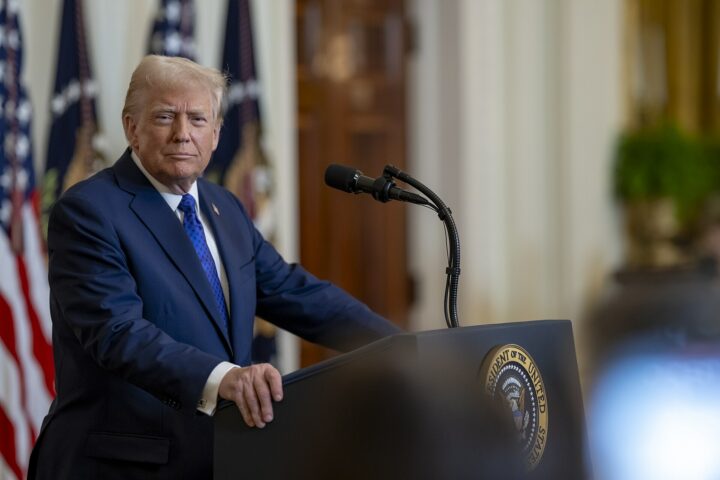The first draft of House Republicans’ “one big, beautiful bill,” which would lower taxes, cut spending, and fund border security, has now reportedly been made public it and includes a proposal for massive tax cuts.
After weeks of heated internal discussions between their opposing groups, lawmakers drafted the framework, however several members expressed that they weren’t entirely on board.
The plan, which was unveiled on Wednesday and is scheduled for a vote by the Budget Committee on Thursday, calls for the Ways and Means Committee to slash taxes by up to $4.5 trillion and decrease spending by at least $1.5 trillion over a ten-year period.
It would raise the federal debt ceiling by $4 trillion, which is probably sufficient to cover the next two years. $300 billion in new spending is called for under the plan, most likely for the military and immigration enforcement.
The most conservative House Republicans sought to reach a spending-cut floor of $2 trillion or $2.5 trillion, but the minimum is less than that.
The maximum tax cut is less than the $5.5 trillion that would be needed to prolong all of the tax cuts that are set to expire at the end of this year and free up funds for President Trump’s priorities, including Social Security payments, overtime compensation, and tax-free tips.
The plan’s rollout coincided with Senate Republicans’ assertions on Wednesday that they had made headway in carrying out Trump’s major promises.
But before they can get anything important to Trump’s desk, the House and Senate must settle their disagreement since they are still going in opposing and irreconcilable directions.
According to the House plan, the ultimate goal is to reduce spending by $2 trillion. If spending cuts fall short of that amount, the Ways and Means deficit-increasing allowance would be reduced.
The goals will put the capacity of House Republicans to consolidate their tense, slender majority—now 218–215—to the test.
Although he was unsure if he would support the idea, Budget Committee member Rep. Ralph Norman (R., S.C.) stated on Wednesday that progress had been made in establishing the floor for expenditure. Additionally, the idea was deemed “pathetic” by Rep. Eric Burlison (R., Mo.), who also stated that the budget cut floor should be raised.
It may be difficult to draft and pass follow-up legislation that keeps within those limits, even if House Republicans approve a budget.
To reach that $4.5 trillion goal, Republicans have a number of possibilities. Ways and Means might reduce spending in its purview, including Medicare reforms that would not directly affect beneficiaries and programs for low-income households.
Additionally, the panel may limit tax incentives, like as clean energy tax credits that were implemented in 2022 by a Democratic-controlled Congress.
The Energy and Commerce Committee, which oversees Medicaid, the health insurance program for those with low incomes, would eliminate at least $880 billion in spending.
Republicans have discussed a number of Medicaid reforms, such as adjustments to the federal-state program’s funding formulae and work requirements for able-bodied enrollees.
Food aid for low-income individuals and student loan programs are further potential cost targets.
Republicans intend to believe that real economic growth, which is a result of their policies and Trump’s deregulation and fossil fuel production policies, can surpass the Congressional Budget Office’s 1.8% prediction.
Republicans could then argue that their plan wouldn’t increase budget deficits because it would divert enough tax money.
[READ MORE: Elon Musk Demolishes Reporter Who Tried to Pressure Him About ‘Transparency’]








